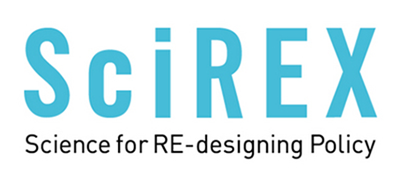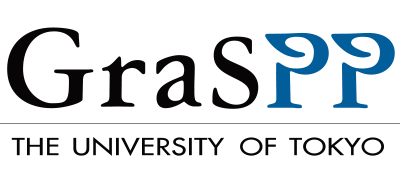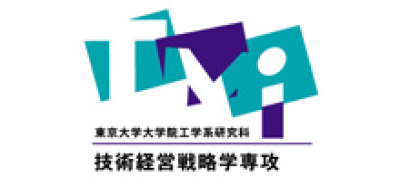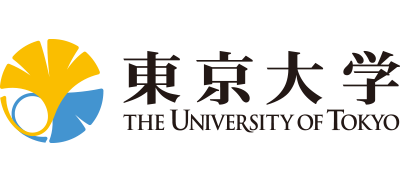Developing Specialists Bridging Science and Technology, Policy, and Society

4.Contributing to Science and Society by Fostering Interdisciplinary Mindsets
—— STIG’s educational track record
❖ Alumni’s well-balanced mix of career paths a testament to the value of a STIG-style education
Our students come from a wide range of disciplines (https://stig.pp.u-tokyo.ac.jp/program_current_students.html). While the majority of students enrolled in STIG are from the Graduate School of Public Policy and the Graduate School of Engineering, we also have many students from the Graduate School of Frontier Sciences and the Graduate School of Agricultural and Life Sciences, among other affiliations. As of December 2019, we had 96 alumni following a well-balanced mix of career paths. 30% are in government, 26% in business, 20% in think-tanks/consulting, 17% in academia, and 7% in other fields, reflecting the interdisciplinary nature of their education in the STIG program. We believe that the demand for students with such an education will only grow, not only in central and local government, but across all sectors of society.
❖ The ability to communicate effectively across disciplines
A major goal of STIG is to instill in our students the ability to communicate effectively with people outside their own field, through the interdisciplinary education that we provide. When we think about interdisciplinary communication, we do not merely think about it in terms of the humanities and natural sciences. As each field becomes increasingly specialized, they also become more and more disparate. For example, in the humanities, there are few areas of commonality among economics, law, politics, and literature, while in the natural sciences, the concepts and methods applied by experimentalists and theorists are also vastly different. That being the case, we begin by getting students to recognize the differences between the humanities and the natural sciences, as well as the differences within each field. Furthermore, we teach them to respect other perspectives and to work collaboratively to tackle a particular subject or challenge.
❖ Extensive networks among students, faculty, and alumni
Having been able to connect and interact with students from different fields through group activities and other opportunities during their time in the STIG program, many students said that they also wanted to take advantage of these connections after completing the program. In response, we held an alumni meeting with alumni, faculty, and current students in July 2019. We received lots of positive feedback about the value of STIG, with alumni telling us that they have been able to follow a transdisciplinary career path spanning science and humanities, or that they have realized that their own research is playing an integral part in policy, in a broad sense, and society. The career paths of STIG alumni serve as models for current students, and the kinds of networking opportunities afforded by our alumni meetings, where alumni share information and advice based on their own experiences, have become increasingly important.
We also held a follow-up survey with our former students, asking them to look back at their time in the program and share feedback and suggestions. Notably, several praised the chance to interact with students from a variety of backgrounds or the friendships they formed by learning together. Many also cited examples of how their time at STIG is helping them in their work, such as giving them the skills to speak with people from other fields.
5.Broadening the Scope of an Already Interdisciplinary Program
——Future vision and challenges
❖ Recruiting students from graduate schools that are closely connected to society
As a comprehensive university, the University of Tokyo is able to offer a wide range of courses taught by domain experts to students and professionals with diverse specializations and backgrounds. Nevertheless, despite such a favorable learning environment and conditions, many students at the university have had little opportunity to interact with peers from other fields, even fields that are closely related. To prevent the same problem happening at STIG, we have emphasized the need for our students to be able to study in a diverse setting, ever since the beginning of the program.
While the majority of our students have always come from the Graduate School of Public Policy or the Graduate School of Engineering, we recognize the importance of recruiting students from other disciplines as well. We have been showcasing the value of the STIG Program to a wide range of graduate schools, particularly those that are closely connected to society, to try to appeal to students wishing to study public policy and science and technology in an integrated manner.
Although STIG is located on the Hongo Campus, we were able to increase enrollees from the Graduate School of Frontier Sciences on the Kashiwa Campus in FY2020, thanks to the introduction of online classes. The Graduate School of Frontier Sciences is focused on tackling interdisciplinary subjects, so we believe that its students share our way of looking at the intersection between science and technology and society. Going forward, we will keep finding ways to recruit students from different disciplines and continue to be a program where students with diverse backgrounds can interact with one another.
❖ Systematizing engineering/social design
One way in which we are further enhancing our curriculum is by incorporating design theory. Specifically, we will be adding interdisciplinary material that combines engineering design with design from a public policy perspective.
The Global Leader Program for Social Design and Management (GSDM) (https://gsdm.u-tokyo.ac.jp/en/) is one of the Graduate School of Public Policy’s foremost programs and also emphasizes social design and management. Working with GSDM, we will launch a new course on social design and management case studies from FY2021, with the goal of systematizing interdisciplinary design theory and methods.
❖ Reinforcing PhD education
We have also enhanced our curriculum by reinforcing PhD education. Of the 96 students who have completed the STIG Program so far, the vast majority have been master’s students, and only nine were PhD students, less than 10% of the total.
When STIG was first launched, the Graduate School of Public Policy and the Graduate School of Engineering’s Department of Technology Management for Innovation (TMI), with which most of our students were affiliated, almost exclusively offered master’s programs. We therefore focused on training master’s students interested in interdisciplinary studies. It does not mean that PhD students were excluded from the program; PhD students with similar interests have in fact also joined the STIG program. To cater to their needs and also to the growing demand from society for PhD-holders, we intend to reinforce our PhD education offering.
❖ Specialists who can create new knowledge and value
The greatest benefit of enrolling in STIG is that our students gain the ability to create new knowledge and value, thanks to the interdisciplinary nature of their studies. Our efforts to systematize engineering/public-policy design and to reinforce PhD education play a part in that. Imagine how the education and experiences offered by STIG could generate new insights when writing a PhD thesis, or how graduates of the program might apply out-of-the box thinking and new ideas across many aspects of society. The possibilities are endless for specialists who have diverse, interdisciplinary educational backgrounds, are equipped with broad perspectives and processes, and can bridge science and technology, policy, and society.
Many of our former students are only a few years into their careers, but we are certain that, equipped with their experiences at STIG, they have what it takes to make an impact and enjoy success. All members of our faculty recognize the great responsibility they have to help each and every one of our students on their way.



